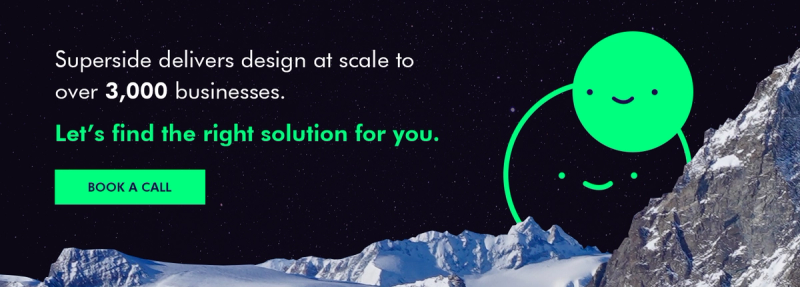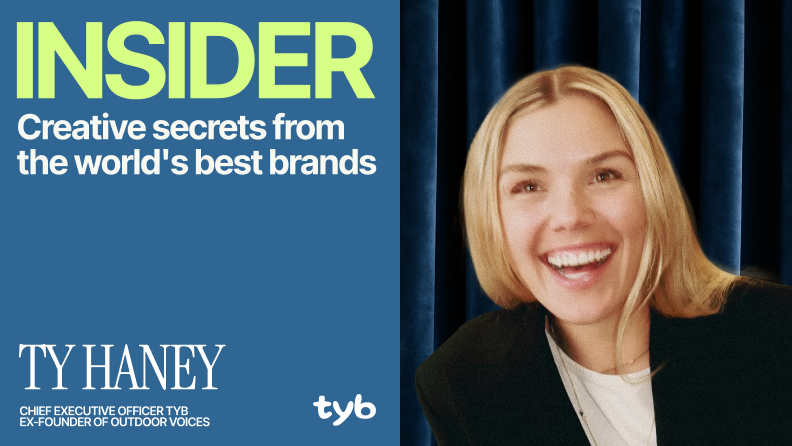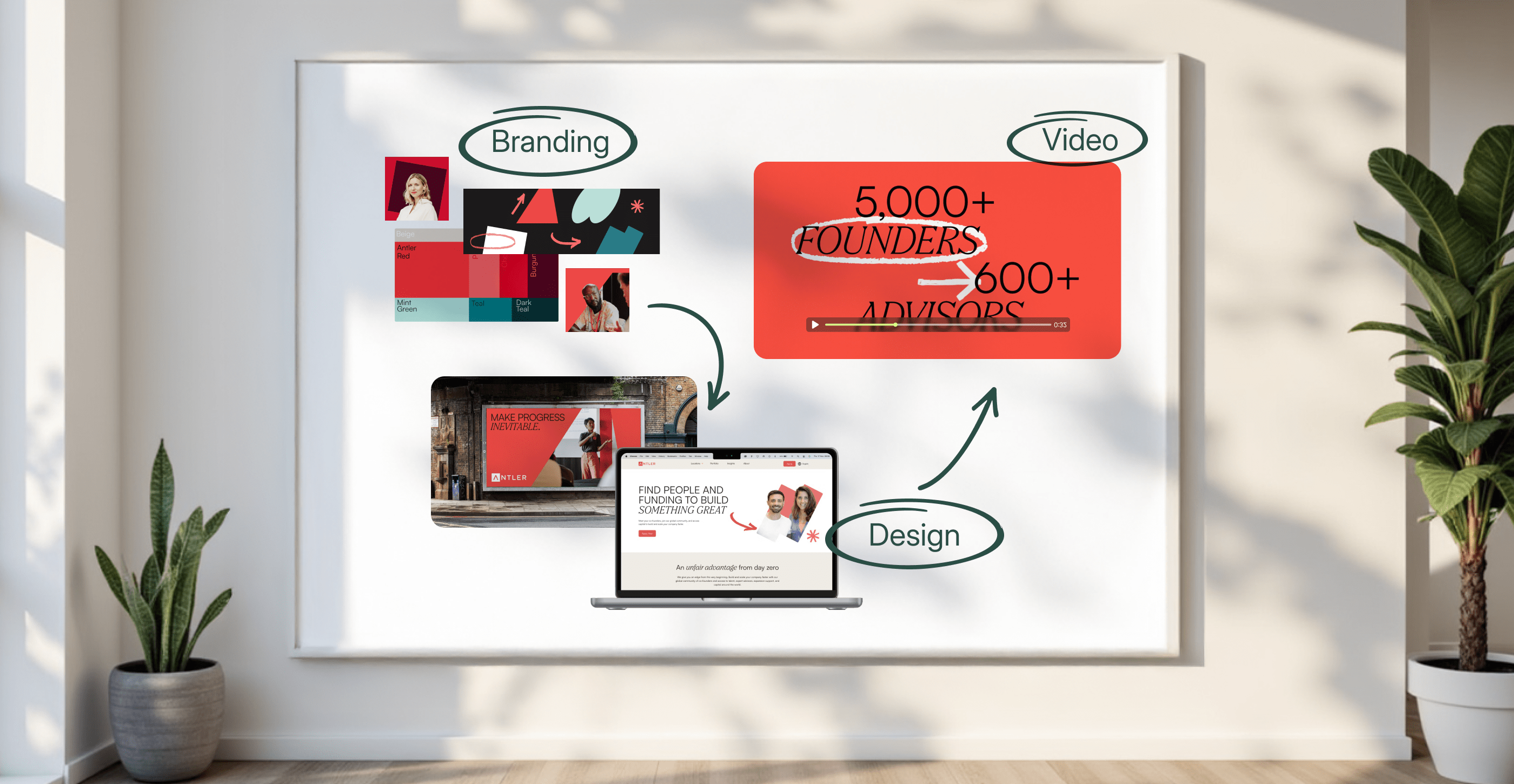How the Wellness Culture Influences Product Packaging

Smart technology has given consumers access to a deeper understanding of what goes into the products they are putting on and into their bodies. The demand for healthier alternatives in everyday life is nothing new, but it continues to evolve and influence buyer decisions. Wellness and #selfcare is so significant, that consumers also want the products they buy to look the part, which is why product packaging is the most significant factor driving consumer decisions today.
Brands are forgoing the old saying “never judge a book by its cover” and placing significant emphasis on packaging to drive sales and optimize business success. From raw cardboard to earthy, neutral colors to minimalistic designs that highlight a product’s health attributes, the wellness culture has given product packaging renewed importance.
The Rise of the Wellness Culture Phenomenon
Wellness, broadly defined as the active pursuit of activities that promote physical and mental well-being, is a defining theme of the past decade and shows no signs of slowing down anytime soon. According to the Global Wellness Institute (GWI), wellness expenditures ($4.2 trillion in 2017) are now more than half as large as the total global health expenditures. The industry grew by 6.4% annually from 2015 to 2017, nearly twice as fast as overall global economic growth. With double-digit annual growth since 2010, it’s no wonder the health and fitness industry is one of the world’s largest and fastest-growing industries.
There are a few factors that have contributed to the success of the global wellness economy:
- Technology, social media
- Increase in lifestyle-related illness
- Millennials
The introduction of smartphones and new technology has given consumers access to a wealth of information at the touch of a screen. And with approximately 2.5 billion people using social media platforms, the wellness industry has quickly taken to social media, using both direct marketing as well as influencers for their product promotions.
An increase in lifestyle-related illnesses has also helped drive the wellness industry to where it is today. While technology has provided consumers with access to more information regarding their own health, it has also had negative health effects. Between Netflix binge sessions that reduce physical activity time and overall poor eating habits, consumers have become increasingly motivated to seek out healthier alternatives.
That brings us to Millennials. This generation has played a large role in the wellness culture’s success, with a tendency to place greater value on wellness and health than on material goods. According to Sanford Health, recent studies show that 79% of Millennials said family was important in their lives, followed by health and wellness at 53%. Between social media and the Millennial attitude towards wellness, it’s no secret why the wellness industry is a major trend.
Wellness for Every Business
There was a time when the wellness industry only applied to gym facilities, health coaching platform, and health food stores. But today, wellness has gained traction across various sectors, with more and more companies taking on a holistic image of health and wellness to boost business success.
According to the GWI, the top ten sectors in the wellness industry in 2017 were as follows:
1. Personal Care, Beauty, and Anti-Aging ($1,083 billion)
2. Healthy Eating, Nutrition, and Weight Loss ($702 billion)
3. Wellness Tourism ($639 billion)
4. Fitness and Mind-Body ($595 billion)
5. Preventative and Personalized Medicine and Public Health ($575 billion)
6. Traditional and Complementary Medicine ($360 billion)
7. Wellness Lifestyle Real Estate ($134 billion)
8. Spa Economy ($119 billion)
9. Thermal/Mineral Springs ($56 billion)
10. Workplace Wellness ($48 billion)
Wellness is an extremely profitable industry that has driven countless businesses to target consumers who value health and wellness. But such a prominent trend comes with heavy competition and, therefore, high consumer standards.
It’s All in the Packaging
One of the most important standards that consumers uphold is directly related to product packaging. A national study by the Paper and Packaging Board and IPSOS shows that seven out of ten (72%) consumers agree that packaging design can influence their decision to purchase a product. When selecting which products to buy, 67% of consumers agree that they’re often influenced by the material the product is packaged in and 71% of consumers said they were more likely to buy brands that package their products in paper or cardboard, than in other materials. [1]
Olga Bates, Manager of Marketing Insights Beauty & Personal Care at Silgan Dispensing Systems, explains that “product and package design are seen as the biggest drivers for consumer sales thanks to a confluence of factors.” To meet consumer demands, wellness branding has become far less focused on gender-specific packaging and more focused on demonstrating an understanding of the individual client’s unique needs.
Brands are also using their packaging to highlight the product’s natural ingredients and the environmental-friendliness of the packaging. Generally speaking, brands are shifting more towards natural, minimalistic, neutral colors and design.
Our Top Product Packaging Picks
Check out some of our favorite product packaging, all of which demonstrate a clear understanding of what their consumers in the wellness culture want:
1. RX Bar
Image source: The Nima
This packaging boasts a simple design with only the bar’s ingredients listed on the wrapper. This demonstrates the brand’s transparency and authenticity, qualities that are highly valued by consumers.
2. Jrink
Image source: Jrink
This packaging is minimalist in design with only the brand’s name highlighted. The drink’s color is the most prominent feature of the packaging design, aside from the brand name.
3. GAEA
Image source: Packagingoftheworld
This package is yet another example of a minimalist design, with a stylized image of a vegetable featured front and center.
4. Halo Beauty Vitamins
Image source: HaloBeauty
This product packaging is a great example of the value consumers place on aesthetically pleasing products. With home spa days now more of an everyday occurrence than an occasional indulgence, consumers want the products on their bathroom counters to look luxurious and clean in design.
5. The Veggie Patch
Image source: TheDieline
This packaging features holistic images of vegetables and highlights the product’s health attributes with an illustrated sun labeled “100% Natural.”

6. Glossier
Image source: The Glossier
This package design is quite simple with a lighter color scheme and little text, giving it a clean and calming appeal.
7. L’Oreal Collaboration with Ecologic Brands
Image source: Allure
Considering that the majority of consumers value cardboard and paper packaging above all other materials, L’Oreal’s separate division, Seed Phytonutrients, is on the right track to succeed as far as packaging goes. These shower products are sold in only recycled, recyclable, compostable, paper-based bottles and boast a natural, earthy aesthetic that consumers love.
8. Scanwood
Image source: Packagingoftheworld
Denmark’s largest manufacturer of wooden kitchen utensils wanted to emphasize this product’s all natural materials through this package design. With an image of roots and the wooden kitchen utensil depicting a tree, this package successfully highlights the products most important attributes in a creative way.
9. Quick Fruit
Image source: Behance
This product packaging highlights the core of a fruit on its lid and boasts a clean, simple logo that depicts a spoon in a cup.
10. Hampi Natural Tableware
Image source: Packagingoftheworld
This package successfully highlights the product’s natural features through a minimalist, wooden design and a simple label. It’s another example of how the wellness industry has influenced various sectors in terms of how brands are designing their packages to stand out in the wellness culture.
The Power of Packaging
As consumers continue to value product packaging that represents the wellness culture, companies will need to evolve and innovate to meet their consumers’ needs and stand out among competition. Because when it comes to product packaging, first impressions really are everything to businesses that want to successfully attract customers and drive them to make a purchase.
A great brand identity is critical to a business’s success. Trust Superside with your next brand identity or logo design project. Superside offers a selection of top-rated design professionals along with dedicated account managers who are available 24/7 to deliver high-quality results.
Built to be an extension of in-house teams, we deliver fast, scalable, world-class design and creative solutions to over 450 globally renowned companies such as Amazon, Meta, Notion and Google. Connect with us on LinkedIn.
You may also like these

10 best product design companies of 2025
In a world flooded with digital products, the difference between a product that gets adopted by target audiences and one that gets ignored is design.Modern users are no longer merely satisfied with products that work. They seek intuitive, beautiful experiences and products they truly enjoy using. In sectors such as SaaS, consumer tech, healthcare and fintech, design shapes brand perception, product adoption, user engagement and, ultimately, loyalty.For enterprises and high-growth brands, the stakes are high. Every design misstep and delay could translate into lost relevance. Yet many in-house design teams have too little bandwidth to deliver products at the speed, scale and quality now required. On the other hand, traditional agencies move too slowly or aren’t built for the level of iteration modern tech enterprises require.This is where a top-notch, dedicated product design service can tip the balance in your favor. In this article, we unpack why great product design is a non-negotiable. We also share 10 product design companies that can help you create an in-demand, highly successful product.Why great product design is a competitive advantage for enterprise brands
Why brands that build community get customers for life
Ads don’t seem to hit like they used to. Your customer acquisition cost is through the roof. And even when you do bring in customers, it feels like they’re only with you for a moment before disappearing forever. Some brands might be able to sustain their growth in these conditions, either because they have a massive war chest or their customers make massive transactions.But for most, there’s a better way to grow. By building a community and a fan base, you can get customers for life.At Superside’s Insider Summit, Ty Haney, three-time founder and current CEO of Try Your Best, shared how her approach to community has catapulted the brands she’s built to new heights—and how her latest venture has turned this into a business.What is community-led growth?In short? Shifting from acquiring customers to building a fan base. It means creating experiences that reward customers, granting them access to exclusive perks, and giving them something to get excited about beyond the transactional. It’s about giving them opportunities to become obsessed with your product and your brand until they become micro-influencers.
5 creative marketing services that change enterprises’ ROI in 2025
With digital advertising projected to bring in 73.2% of global ad spend, the pressure to consistently produce standout creative at scale is real. For a chance to connect with target customers, enterprise teams must now deliver high volumes of top-quality marketing creative across multiple channels.For most enterprises, increased output is only one part of the challenge. It’s usually just as tough to achieve consistency, speed and good results, especially if resources are limited. And limited they are: Our recent Overcommitted report confirmed that today’s creative teams simply juggle too much.Fortunately, many top marketing executives have come to realize their in-house creative departments can’t do it all themselves. Superside’s customers, for example, experience first-hand how a combination of strategy, data, AI-driven workflows and creative muscle can help them scale smarter, give bandwidth back to their teams and deliver a high ROI.Want to improve your creative production output and deliver eye-popping creative performance results? In this article, we explore what creative marketing is and how it can be applied in enterprise environments such as yours. In addition, meet the top creative marketing services that can help your enterprise achieve stronger results. Let's dive in!








